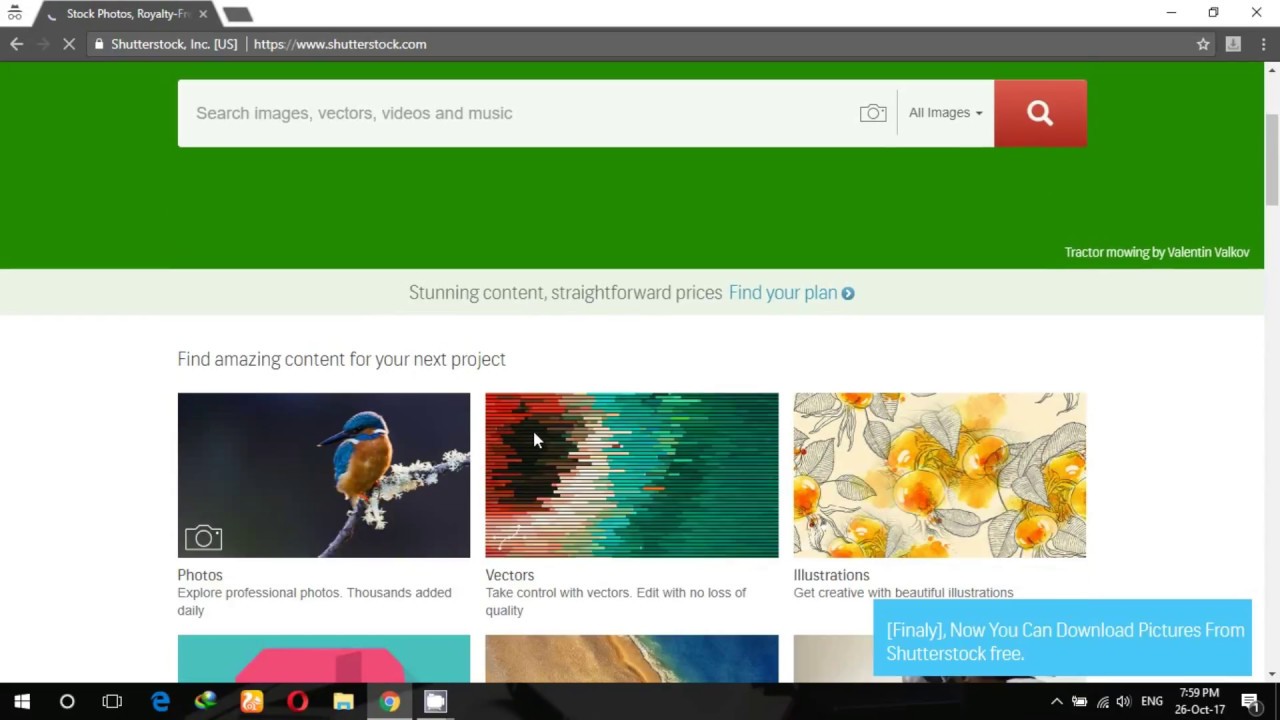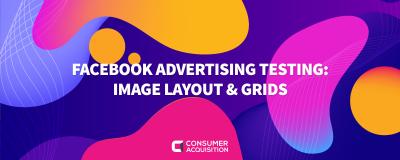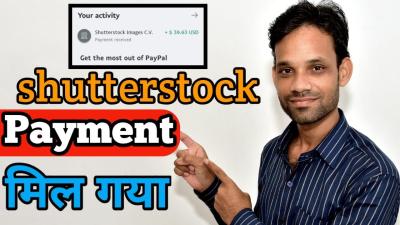Hey there, fellow bloggers! If you’re like me, you know how tricky it can be to find high-quality images that fit your content without breaking the bank. Shutterstock is a fantastic resource for stunning visuals, but their premium images usually come with a price tag. Luckily, there are ways to access some beautiful Shutterstock images for free—perfect for sprucing up your blog posts without stretching your budget. In this guide, I’ll walk you through the ins and outs of downloading free
Understanding Shutterstock’s Licensing Options and Free Image Resources
Before you start downloading images, it’s super important to understand Shutterstock’s licensing options and the resources available for free images. Shutterstock offers various licensing plans, mainly:
- Standard License: Covers most uses like blogs, websites, and social media, but has restrictions on the number of copies and uses in products for resale.
- Enhanced License: Suitable for larger-scale uses, such as merchandise or print runs over 500,000 copies.
Most bloggers will find the Standard License sufficient, but keep in mind that it’s a paid option. However, Shutterstock also offers some free images through specific programs and partnerships, which are a great resource if you want quality visuals without spending a dime.
Here are some ways to find free Shutterstock images:
- Shutterstock Editors’ Choice and Free Trial: Shutterstock occasionally features free images in their curated collections or during promotional periods. Signing up for their free trial often grants access to a limited number of free downloads.
- Shutterstock Contributor Resources: Some contributors share free images or offer free downloads as part of promotional campaigns. Follow your favorite contributors for updates.
- Third-Party Free Image Websites: There are websites that curate free Shutterstock images legally available for download. Always verify the licensing terms before using these images.
Remember, even when images are free, it’s crucial to respect licensing rules. Always double-check if attribution is required or if there are any restrictions on usage. By understanding these options, you can confidently enrich your blog posts with beautiful visuals without legal worries or extra costs.
Step-by-Step Guide to Finding Free Shutterstock Images
So, you’re eager to add some eye-catching visuals to your blog without breaking the bank? Shutterstock is a fantastic resource, and the good news is, they offer ways to find images that won’t cost you a dime—if you know where to look! Let’s walk through the simple steps to find those free Shutterstock images that can elevate your content.
Step 1: Visit Shutterstock’s Website
Start by heading over to Shutterstock’s homepage. Once there, you’ll notice the search bar at the top—this is your starting point.
Step 2: Use the Search Bar Effectively
Type in relevant keywords related to your blog topic. For example, if your blog is about healthy eating, try words like “fresh fruits,” “healthy food,” or “vegetables.” To ensure you find free images, look for filters or options that specify free resources.
Step 3: Apply Filters to Narrow Down Results
- Click on the “Filters” button usually located near the search bar or on the results page.
- Look for the section labeled “Price”.
- Select “Free” or “Free images” to filter out paid options. Sometimes, Shutterstock might label these as “Free Download” or similar.
Step 4: Browse and Select Images
Scroll through the filtered results and pick images that resonate with your blog’s message. When you find one you like, click on it to view details.
Step 5: Check the License and Download
Always double-check that the image is marked as free for commercial use if your blog is monetized. Shutterstock usually provides licensing info right on the image page. Once confirmed, click the “Download” button, and choose the resolution you need (higher resolution is better for clarity).
Tip: Keep an eye out for images with the “Free” badge or the “Free for Commercial Use” label to avoid license issues later.
Tips for Downloading and Using Shutterstock Images Legally and Ethically
Using images responsibly isn’t just about avoiding legal trouble—it’s also about respecting creators and maintaining your credibility. Here are some practical tips to help you stay on the right side of copyright laws while making the most of Shutterstock’s free images.
- Always Verify Licensing Details: Before downloading, carefully read the license terms provided with each image. Shutterstock offers different licensing options, and it’s crucial to ensure the image is free for commercial use if your blog is monetized.
- Use Images as Intended: Even if an image is free, it might have restrictions—like not allowing modifications or requiring attribution. Stick to the permitted uses to avoid copyright infringement.
- Give Proper Credit When Needed: Some free images require attribution. If so, include a caption or credit such as “Image courtesy of Shutterstock” or follow the specific attribution instructions provided.
- Avoid Overusing Stock Images: While Shutterstock offers a vast library, overusing generic stock images can make your blog look less authentic. Try to personalize images when possible or combine them with your own photos for a unique touch.
- Keep Track of Downloaded Images: Save copies of the images you download along with their licensing info. This helps if you’re asked to prove your right to use them later.
- Respect No-Modification Restrictions: Some images come with restrictions against editing or altering. Check the license details before making changes.
By following these tips, you ensure that your blog remains legally compliant and ethically sound. Plus, it shows respect for the hardworking photographers and creators behind those beautiful images. Happy blogging—and happy browsing for those perfect Shutterstock images!
Alternative Sources for Free High-Quality Blog Images
While Shutterstock is a fantastic resource for stunning images, it’s not the only place to find high-quality visuals for your blog without breaking the bank. Luckily, there are several other websites where you can discover free images that look professional and are perfect for enhancing your content.
Here are some go-to alternatives:
- Pexels: Pexels offers a vast library of free stock photos contributed by talented photographers worldwide. All images are licensed under the Creative Commons Zero (CC0) license, meaning you can use and modify them freely without attribution.
- Unsplash: Known for its beautiful, high-resolution photos, Unsplash is a favorite among bloggers and designers. The images are free to use for commercial and non-commercial purposes, with no attribution required.
- Pixabay: Pixabay provides not only photos but also illustrations, vectors, and videos. Its extensive collection makes it easy to find visuals that match your blog’s tone and theme.
- FreeImages: This site has a large selection of free images across various categories. While some images may require attribution, most are free to use with minimal restrictions.
- Canva: While primarily known for its design tools, Canva offers a library of free images that you can incorporate into your blog graphics. It’s especially handy if you want to create custom visuals or collages.
Tips for Using Alternative Image Sources:
- Always double-check the license: Even on free sites, some images may have restrictions. Look for images labeled for commercial use or with no attribution required.
- Give credit when possible: While many sites don’t require attribution, it’s a good practice to credit photographers if you can. It supports creators and fosters good community practices.
- Search wisely: Use specific keywords related to your blog topic to find the most relevant visuals. Many sites offer filters such as orientation, color, or size to narrow your search.
Exploring these alternative sources can expand your creative options and ensure your blog posts are visually engaging without impacting your budget. Remember, the right image isn’t just about aesthetics—it helps tell your story and connect with your readers more effectively.
Conclusion and Best Practices for Enhancing Your Blog Posts with Images
Adding images to your blog posts isn’t just about making your pages look pretty—it’s a powerful way to improve readability, convey your message more effectively, and keep your audience engaged. When used thoughtfully, images can turn a good blog into a memorable experience for your readers.
Here are some best practices to keep in mind:
- Choose relevant images: Make sure every image supports your content. Avoid using stock photos just for the sake of filling space—content should be meaningful.
- Optimize image size and format: Large images can slow down your website. Use tools like TinyPNG or ImageOptim to compress images without losing quality. JPEGs are great for photos, while PNGs work well for graphics and transparency.
- Use descriptive alt text: Alt text improves accessibility for users with visual impairments and boosts your SEO. Describe what’s in the image clearly and concisely.
- Maintain visual consistency: Stick to a color palette or style guide to keep your blog looking cohesive. This includes choosing images with similar tones or themes.
- Credit sources appropriately: When using images from free sources or creators, give proper attribution if required. It’s respectful and often legally necessary.
- Don’t overdo it: Use images strategically. Too many visuals can be distracting, while too few might leave your post feeling dull. Balance is key.
By following these tips, you can make your blog more inviting and easier to read. Remember, images are a storytelling tool—use them to complement your words, clarify complex ideas, or evoke emotions. With a little effort, your blog can stand out with visuals that captivate and inspire your audience.



